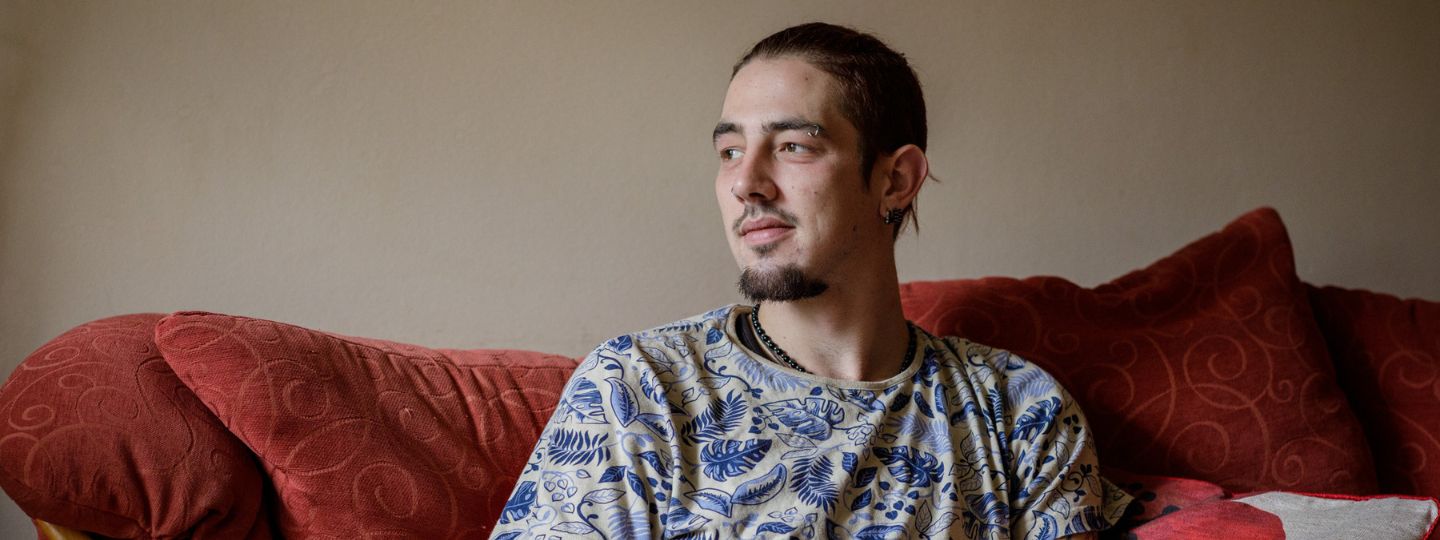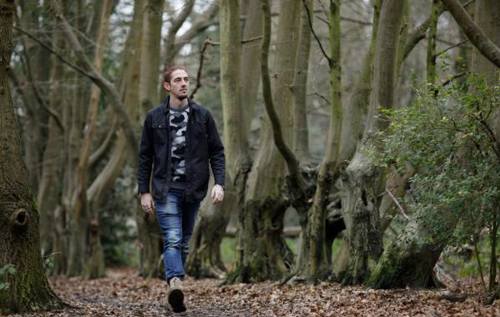Busting the myths of axial spondyloarthritis
02 May 2023
Right now, around 220,000 people across the UK have axial spondyloarthritis (AS). But, despite this, there’s still a lot of myths and misconceptions about the condition.
This Saturday (6th May) is World Axial Spondyloarthritis Day, so we want to shine a light on this type of arthritis, share people’s experiences, and debunk some common myths about the condition.
Axial spondyloarthritis is a type of arthritis that mainly affects your back. There are several types of axial spondyloarthritis. But if changes to your spine are visible on an x-ray, it's called ankylosing spondylitis.
Myth: Ankylosing spondylitis only affects your back
The most common symptom of ankylosing spondylitis is pain and stiffness in your back, especially if it affects you in the morning or wakes you up at night.
But ankylosing spondylitis is more than just a back problem and it can affect other parts of the body.
For example, you might also experience:
- Pain and stiffness in your feet, especially your heels.
- Extreme tiredness, sometimes called fatigue.
- Pain or tightness in your chest.
- Tenderness in your pelvis, which can make it uncomfortable when sitting on a hard chair.
- Bowel problems, such as inflammatory bowel disease (IBD) or colitis.
- Depression and anxiety.
- Inflammation in your eyes, which is called either uveitis or iritis.

Poppy, 23, has ankylosing spondylitis and says that, for her, “the hardest part is the fatigue.”
“Sometimes it feels as though there are weights attached to my limbs, and it can take every ounce of energy just to walk down the road or to the fridge,” she says.
“You can find yourself being mentally fatigued too, when it feels as though there's a block in your brain, the words want to come out, but they just won't.”
Myth: Exercise makes it worse
We know that if you’re struggling with pain, stiffness and tiredness, exercise might be the last thing you want to do.
But if you have ankylosing spondylitis, keeping active can really help you manage your condition.
Not only will exercise boost your mood and confidence, but it will also prevent your spine from stiffening.
Start small, build up your physical activity slowly and remember that any exercise is better than none.
Too much rest will make your spine feel stiff. So whether you prefer going for a walk around your park or taking a dip in your local swimming pool, it will do you the world of good.

Ben has ankylosing spondylitis and recently spent six months living and working in the Amazon rainforest. He says that he uses exercise and stretching to manage his condition.
“I do yoga, which is good for stretching and relaxing,” he says. “I’ve also started running.
“The exercise I did in the jungle was really good. It drove home how important exercise is and no matter how you feel it’s good to do some. In the long run, it will really help."
Exercises for the back
Myth: It just affects your physical health
Living with pain and fatigue can not only take a toll on your physical health, but the truth is it can also be tough emotionally too.
We know that some people with ankylosing spondylitis experience depression and anxiety, so if you’re struggling, remember you’re not alone.
We know it can be hard but try to talk to someone about what you’re going through — whether that’s a friend, family member or colleague. Or, if you don’t know who to turn to you can always contact our helpline, join our online community.
Myth: Young people can’t get arthritis
It’s a common myth that arthritis only affects people later in life.
Some types are actually more common in younger people. In fact, axial spondyloarthritis often starts in people who are in their late teens or 20s.
Myth: There’s nothing I can do to manage my condition
It can be daunting when you’re diagnosed, but with the right treatment and support, it’s possible to live well with ankylosing spondylitis.
You may be prescribed drug treatments, such as:
- Painkillers and non-steroid anti-inflammatory drugs, such as ibuprofen
- Disease-modifying anti-rheumatic drugs (DMARDs) such as sulfasalazine and methotrexate
- Biological therapies, such as adalimumab and etanercept.
- Steroids
Physiotherapy and staying active might help your condition. Plus, getting a good night’s sleep may allow you to better manage your pain.
It’s also important to get support from those around you. Talk to your friends, family and employer about what you’re going through as they may be able to offer a helping hand.
We’re here whenever you need us
Remember you don't have to face your problems alone. If you want help, support or information, get in touch. You can:
- Call our Helpline on 0800 5200 520 (Monday to Friday, 9am to 6pm)
- Talk to our arthritis virtual assistant, 24/7
- Take a look at what's on in your area
- Join our online community
- Follow us on Twitter, Facebook and Instagram